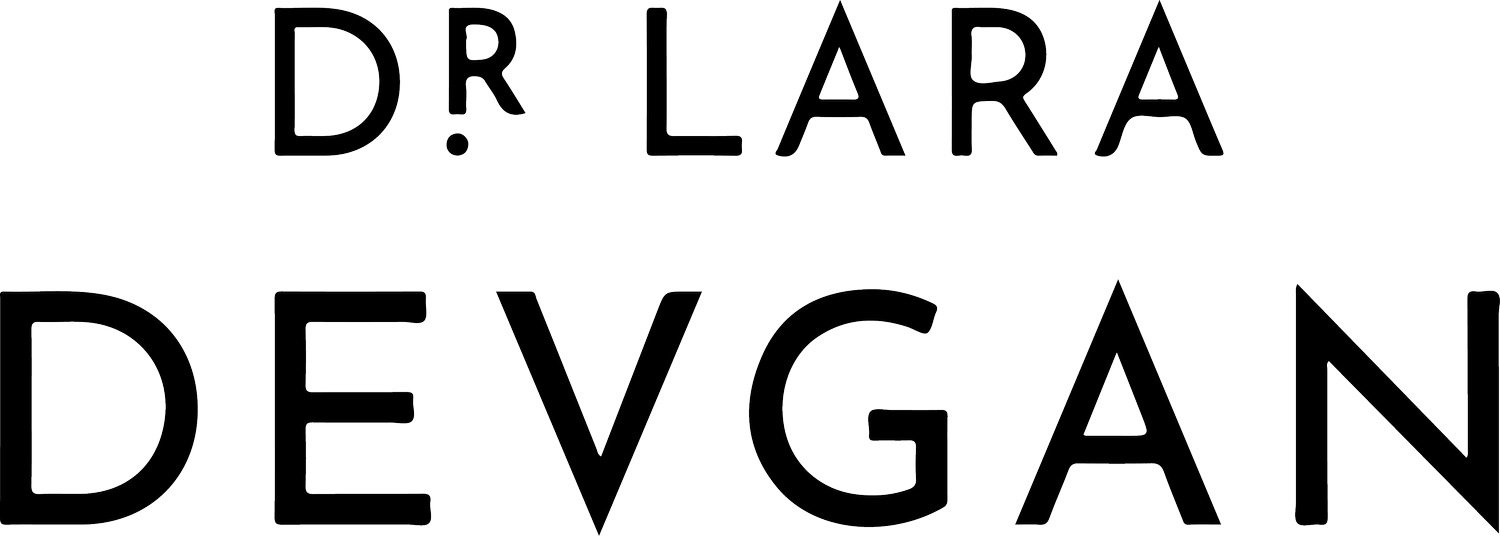Good Housekeeping’s latest article “How to Get Rid of Cystic Acne,” calls upon medical professionals to offer their knowledge and advice. Cystic acne is different from other forms of acne because of its deep roots within the skin, lengthy irritation, and its ability to expand beyond the face. Dr. Devgan explains, "it occurs when sebaceous material clogs the pores and causes bumpy texture, inflammation, and infection under the skin.” The general causes, however, are genetics, diet, and lifestyle.
Aside from over-the-counter creams and cleansers, chemical peels and steroids can sometimes help with clearing the skin, though not always as effective as more advanced alternatives. Dr. Devgan recommends the IPL (intense pulsed light) photo facial, which uses light to blast bacteria from the skin, and offers considerably quick results. She adds that, “resurfacing lasers and microneedling can be helpful with scarring once the cystic acne has cleared.” Microneedling sends the skin into healing mode, causing it to produce more collagen. For deeper acne scars, Dr. Devgan can inject small amounts of dermal fillers.
Dr. Devgan also mentions the importance of skincare maintenance to avoid breakouts. She provides a list of ingredients to look out for when shopping for cleansers: benzoyl peroxide, salicyclic acid, glycolic and alpha-hydroxy acids, and gentle cleansers, as well as habitual use of a retinoid. Retinoids help to keep pores clean and calm inflammation in the skin. Read the full article here.














